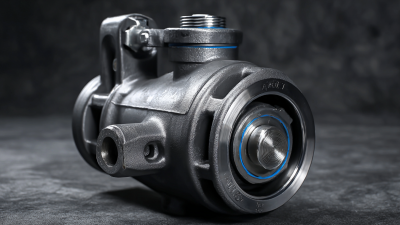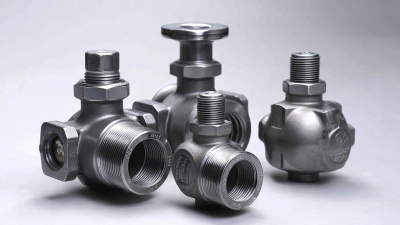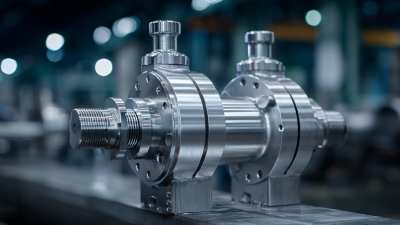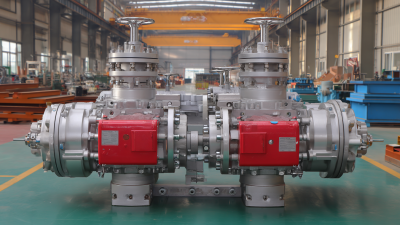
-
Home
-
Products
-
About Us
-
Application Cases
-
CLIENT & FACTORY
-
Test
-
News
-
Contact Us
Leave Your Message

In today's industrial landscape, the selection of the right Carbon Steel Ball Valve is crucial for ensuring optimal performance and reliability in fluid control systems. According to a report by MarketsandMarkets, the global ball valve market is projected to reach USD 14.29 billion by 2025, driven by the increasing demand for efficient valve solutions across various sectors, including oil and gas, water and wastewater, and chemical manufacturing. Carbon Steel Ball Valves are particularly favored for their durability, resistance to high pressures, and cost-effectiveness, making them suitable for a wide range of applications. Understanding the specific requirements of your industrial needs—such as temperature, pressure, and medium compatibility—can significantly impact operational efficiency and maintenance costs. This guide aims to navigate the complexities of choosing the right Carbon Steel Ball Valve by highlighting key considerations and industry best practices.
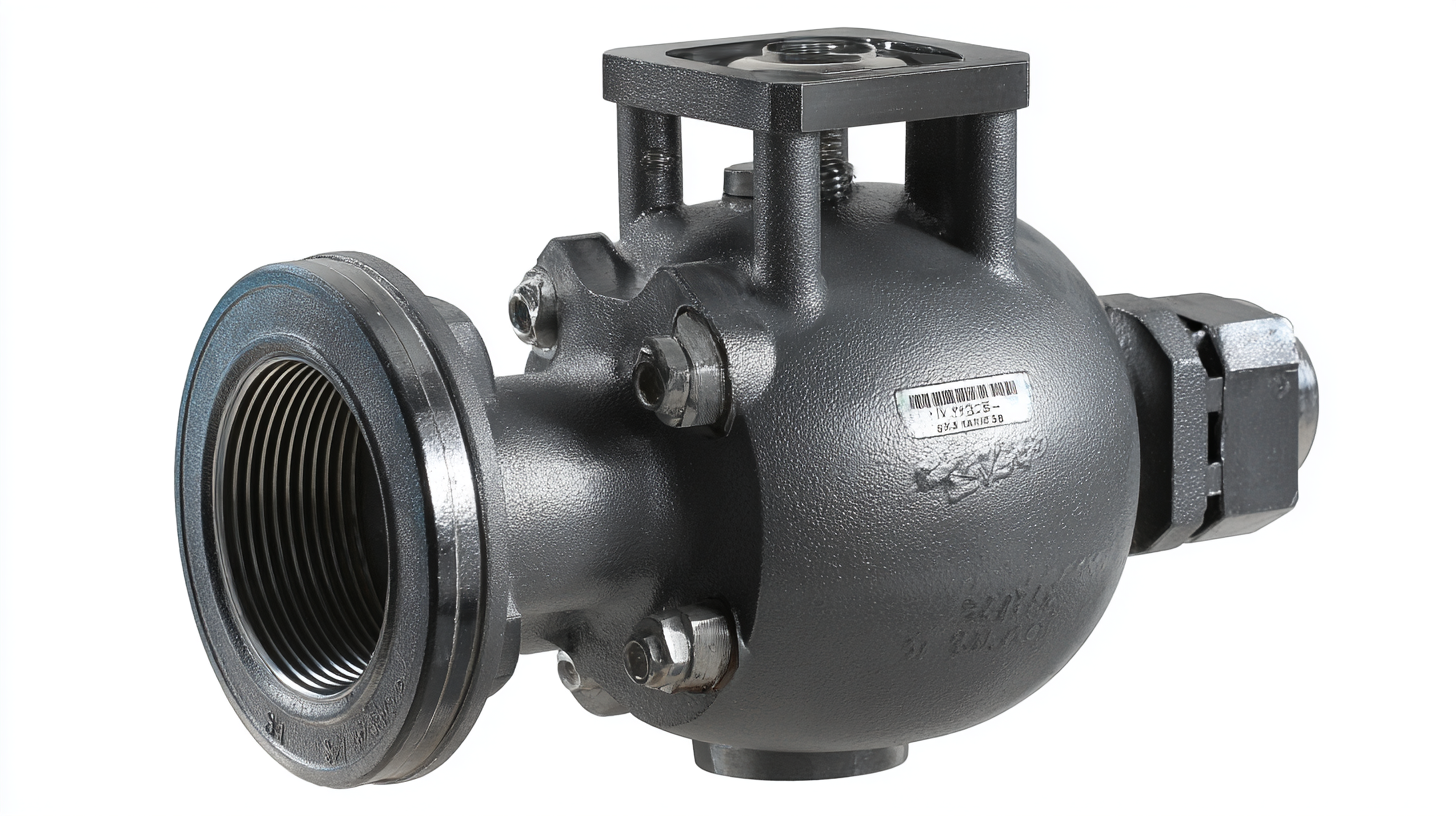
When selecting a carbon steel ball valve for industrial applications, understanding the various types available in the market is crucial. Carbon steel ball valves are known for their strength and durability, making them an ideal choice for controlling the flow of fluids in high-pressure environments. There are several designs, including full-port and reduced-port valves, each suitable for different applications depending on flow requirements and space constraints.
**Tips:** When choosing a valve, consider the specific conditions it will be operating under, including temperature and pressure ratings. Additionally, investigate the compatibility of the valve material with the fluid being handled.
Another important consideration is the valve’s design features. Some valves may come equipped with additional features such as locking mechanisms or manual overrides, enhancing their functionality. The recent growth in the industrial valve market highlights the innovative designs being developed, with manufacturers increasingly adopting advanced technologies to improve performance and reliability.
**Tips:** Pay attention to market trends and advancements in valve technology, which may offer better efficiency or safety features. Consulting with suppliers on the latest innovations can provide insights into the best options for your specific industrial needs.
When selecting a carbon steel ball valve for industrial applications, several key factors must be taken into account to ensure optimal performance and longevity. First and foremost, consider the valve's pressure and temperature ratings. It's crucial to match the valve's capabilities with the operational conditions of your system to prevent failures. Additionally, understanding the nature of the media being transported—whether it be gas, liquid, or slurry—can influence your choice, as different materials may react differently with the valve's internal components.
Another important aspect is the valve's size and connection type, which should align with your piping system's specifications. Ensuring that the valve has a proper fit can prevent leaks and ensure smooth operation. Furthermore, evaluate the intended actuation method, whether manual or automated. This will help determine if you require additional features such as electric or pneumatic actuators. Finally, consider the valve's certifications and compliance with industry standards, ensuring it meets regulatory requirements for safety and performance in your specific industrial environment.
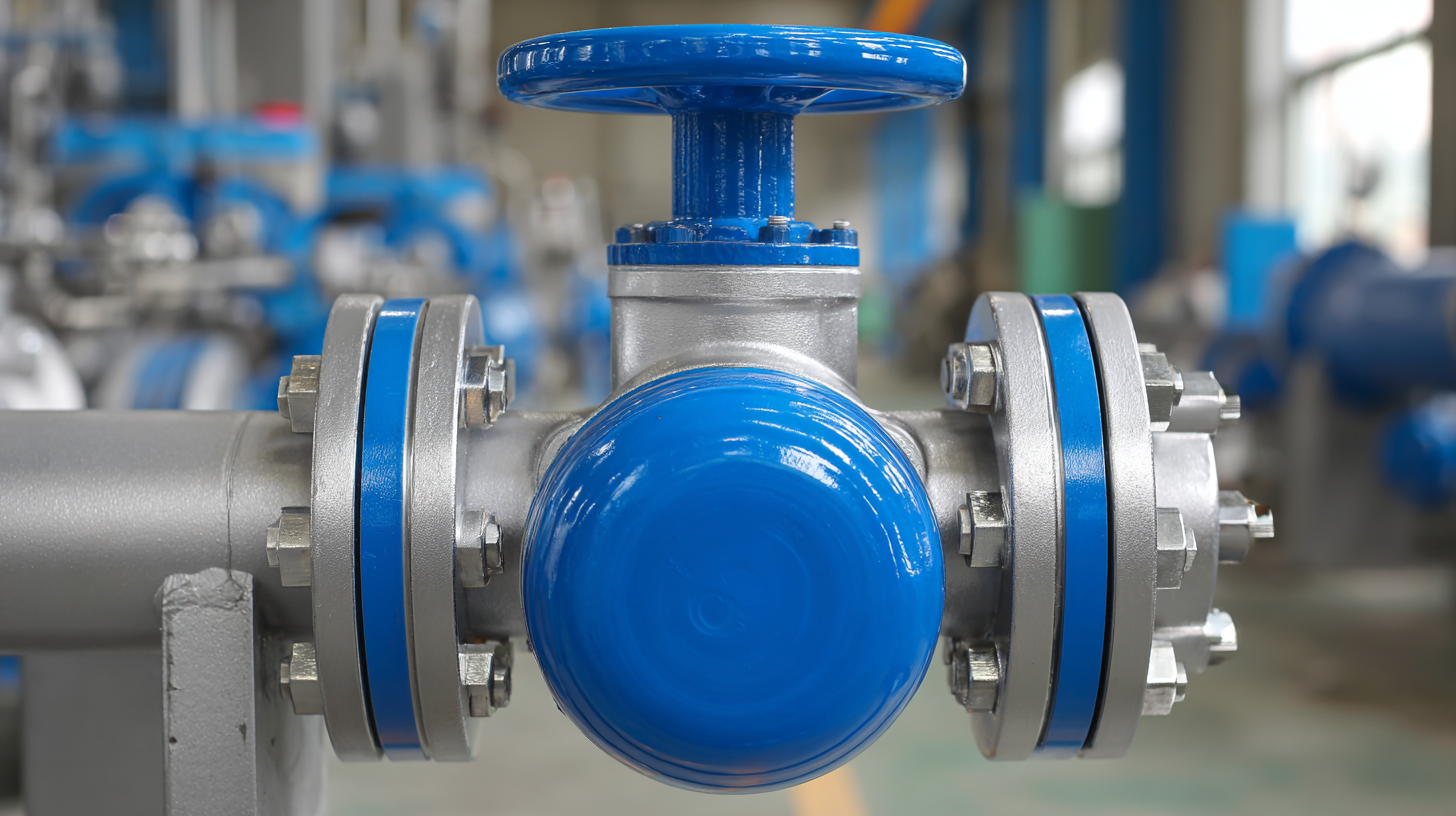
When selecting a carbon steel ball valve for industrial applications, understanding pressure and temperature ratings is essential for ensuring optimal valve performance. According to the American Society of Mechanical Engineers (ASME) standards, valves must be rated for specific pressure classes, typically ranging from 150 to 2500 psi. This classification directly impacts the valve's integrity and safety in various operational conditions. For example, a valve operating at 600 psi and subjected to high temperatures can encounter significant stresses, compromising its durability and functionality.
Temperature ratings are equally crucial; they determine how a valve withstands extreme heat or cold. The ASTM A216 standard specifies that carbon steel valves can generally operate within a temperature range of -20°F to 750°F. However, as temperature increases, the material may experience a decrease in yield strength. A report by the Valve Manufacturers Association (VMA) indicates that improper assessments of temperature ratings can lead to valve failures in high-temperature environments, often resulting in costly downtime and repairs. Therefore, accurately evaluating both pressure and temperature criteria is critical in selecting the right carbon steel ball valve for industrial applications to enhance reliability and safety in operations.
| Valve Size (inches) | Pressure Rating (PSI) | Temperature Rating (°F) | End Connection Type | Body Material |
|---|---|---|---|---|
| 0.5 | 600 | 450 | Threaded | Carbon Steel |
| 1 | 800 | 400 | Flanged | Carbon Steel |
| 2 | 600 | 300 | Welded | Carbon Steel |
| 3 | 400 | 250 | Flanged | Carbon Steel |
| 4 | 300 | 150 | Threaded | Carbon Steel |
When selecting the right carbon steel ball valve for industrial applications, evaluating compatibility with specific fluids and media is paramount. Different fluids can exert varying levels of corrosiveness, pressure, and temperature on the valve materials. For example, if the application involves acidic or caustic substances, it is essential to ensure that the carbon steel valve is coated or treated to resist corrosion. Additionally, the presence of solid particles or debris in the fluid stream can lead to premature wear or clogging of the valve, necessitating a design that allows for easy maintenance and cleaning.
Furthermore, the operating conditions—such as pressure and temperature—should guide the selection process. High-pressure applications may require reinforced valve constructions to withstand stress, while high-temperature environments may necessitate materials that maintain integrity under thermal expansion. Proper sealing materials are also crucial, as they must be compatible with the fluid type to prevent leaks and ensure operational efficiency. Therefore, a thorough analysis of fluid characteristics and the working environment is vital in making an informed decision on the right carbon steel ball valve for your industrial needs.
When choosing a carbon steel ball valve for industrial applications, it's crucial to strike a balance between cost and quality. According to a report by the Valves and Actuators Market, the global ball valve market is projected to reach $14.1 billion by 2027, indicating significant investment in quality manufacturing. High-quality valves typically offer better performance, reliability, and lower lifecycle costs. For instance, valves made from high-grade carbon steel can withstand higher pressures and temperatures, reducing the risk of leaks and failures. A quality valve may have an initial cost increase of 15-30%, but this often results in savings over time due to reduced maintenance and downtime.
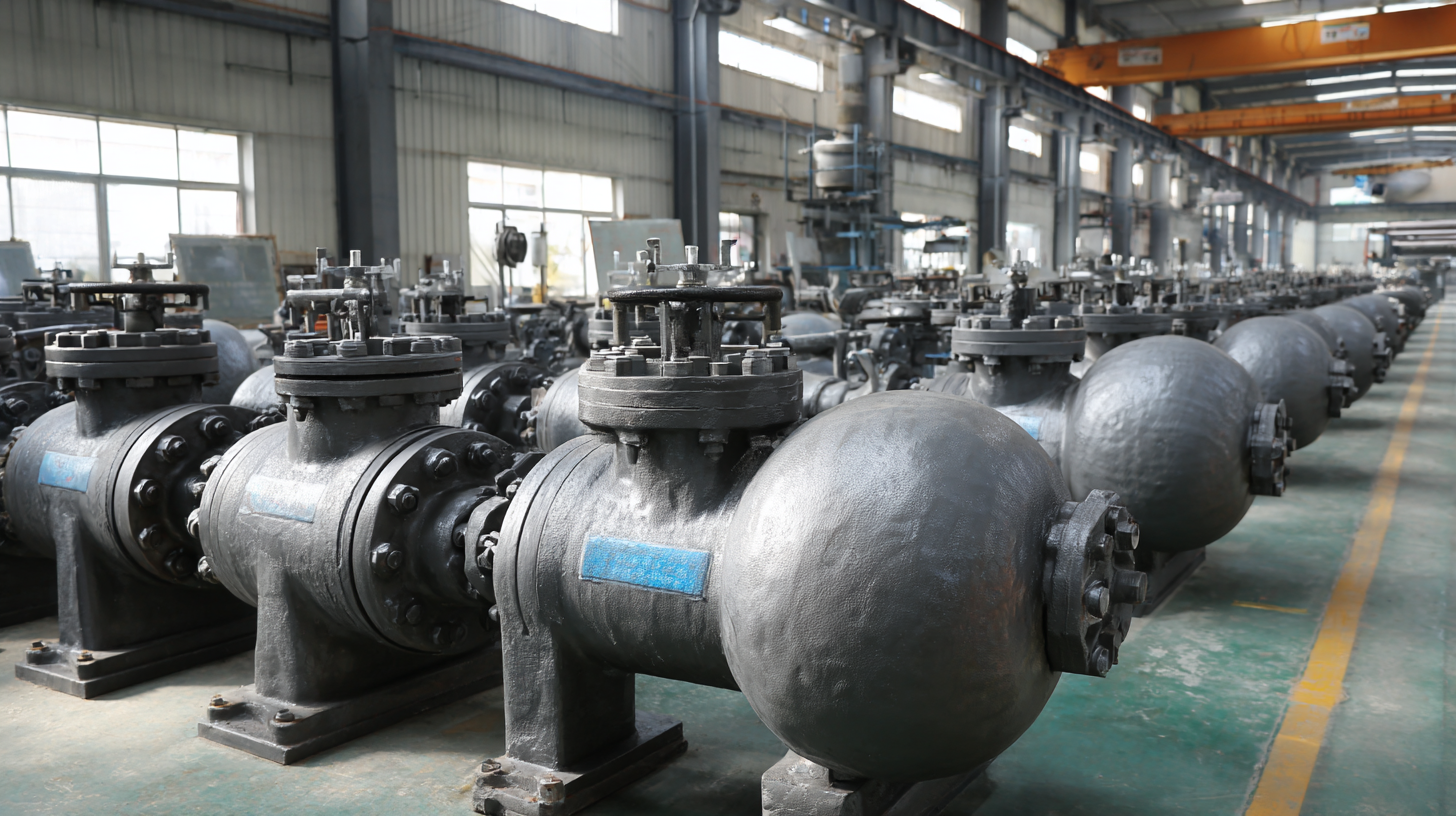
However, cost considerations cannot be ignored. A study by Grand View Research highlighted that price sensitivity is particularly high in industrial sectors operating with narrow profit margins. Many facilities opt for lower-cost models to manage budgets, but this can lead to increased operational risks and long-term costs related to frequent replacements. As an example, an operator that consistently replaces lower-quality valves may find that the total cost of ownership (TCO) significantly outweighs the upfront savings of cheaper alternatives. Ultimately, assessing both the initial investment and potential long-term benefits is key to selecting the right carbon steel ball valve that meets both operational needs and budget constraints.
